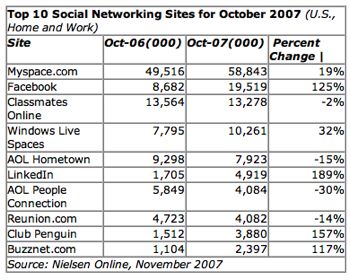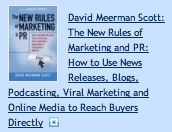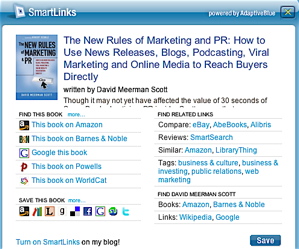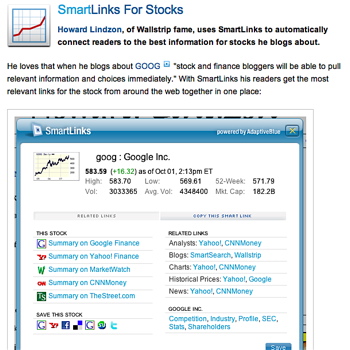You knew it had to be coming: a way to map your online social self. My god, how did we get along without this till now? Thank you, eSnips (I think). 
I mean, Facebook asks some questions when you create your profile there [many of them lame, certainly for adults]. And it seems to me MySpace does, too — but then I never go there anymore. [I remember they force you to tell your age on your profile, so I went with the max they would allow: 91.] Do I need another social network now? Well, let me think about that… 🙂 But I went through the sign-up procedure, anyway. After all, if I’m doing a post, I’d better. And it was interesting. More on that in a bit. First, some background…
eSnips is a content-sharing site that officially launched at DEMOfall in September 2006 (my coverage). CEO Yael Elish, a veteran Internet entrepreneur, told me then that her site lets "everyday people share content in one place, without having to manage so many accounts." She said then that it was about sharing, publishing, and even selling your creative work — and was all free. At that time, eSnips offered 1GB of free space, but that’s now been upped to 5GB. Traffic to the site appears to be growing nicely when viewed at Alexa.
So, what’s this new wrinkle of "Social DNA" all about? From today’s press release:
A key premise of Web 2.0 services is the ability to discover like-minded people through common friends or tags. eSnips Social DNA takes this ability to the next level by matching people with others who resemble them most based on hundreds or thousands of common defined aspects of their lives. It’s done through a series of fun, creative and often intriguing 1-2 minute online quizzes across multiple topics (referred to as Social Genes).
The multiple-choice quizzes are just one type of “Social Gene” that makes up a user’s Social DNA. The other type is a List, where users can express their musical, literary, cinematic and even dietary preferences. A List can express personal favorites in a more diverse way than a Quiz, which is why a mixture of both is essential to get comprehensive Social DNA results.
Immediately upon answering the first question, users get exposed to others who responded like them. As they continue the quiz, the matches change until eventually a user only sees the highest scoring matches. They also can see how their answers compared to rest of the population, shown through a uniqueness score and set of graphs. Upon completing a quiz, users can quickly and easily create a fun widget to post on their website or blog.
Here’s a screenshot of the page I got after I went through my first quiz, in the category of Business & Technology.
I chose the Web 2.0 quiz (natch). As you can see, only 30% answered like me, so I’m "in the minority" — how special! This is just one quiz of many I could have done. I didn’t count how many quizzes there were, but I’m assuming there would have to be hundreds, eventually, anyway. [Note the service is, of course, labeled beta — what isn’t?] 
My take after going through one quiz is that the questions were a bit trivial — even silly. I think eSnips is trying too hard to be funny, in an attempt to make the process fun (which of course it has to be). I just question the scientific nature of all this, I guess, if there is any. Should there be? More than a few of the questions didn’t offer an answer that I liked. Nonetheless, I think this Social DNA concept is fascinating, and I have no doubt that eSnips users — mostly all younger than me — will eat it up. Why? Because it plays right into the powerful need to get your online profile "just right." I heard a stat last week that active social networkers are spending up to an hour a week on average fiddling with their profile. This will enable them to go nuts like on no other site I know! If you’re into finding/discovering people online (can you say dating?), this will be a very engaging and "sticky" feature for eSnips. I think it’s bound to boost traffic to the site, bigtime. It will be interesting to watch that play out over the next weeks and months.








Recent Comments